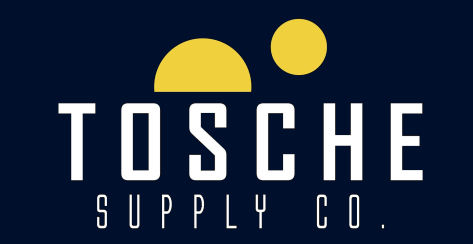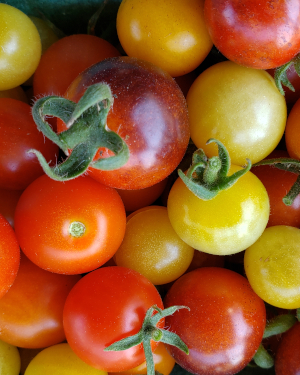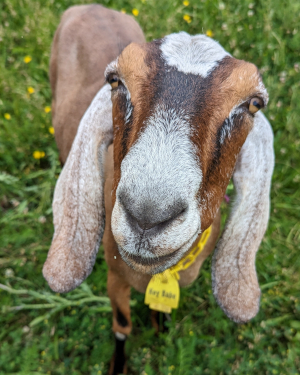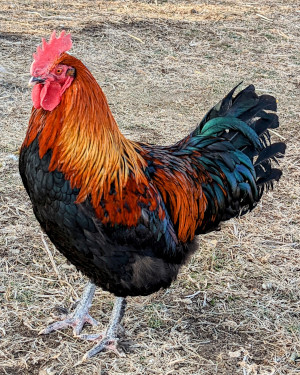ALL ABOUT CASHMERE
Many people don't realize that there are breeds of goats that produce fiber - all they know about are dairy goats, meat goats, and novelty/pet goats. There are actually a couple of different types of fiber that goats produce - Cashmere, and Mohair (which comes from Angora goats, not to be confused with Angora rabbits, which produce Angora fiber.) We have cashmere goats.
1. WHAT EXACTLY IS CASHMERE?
Cashmere is the downy undercoat grown by goats that keeps them warm in winter, which humans use in textile production. It is spun into yarn, which can be woven or used for knitting or crochet.
2. DO ALL GOATS PRODUCE CASHMERE?
Many breeds of goats do grow an undercoat in winter, and this is colloquially referred to as their "cashmere," but to qualify for registry with the Cashmere Goat Association, the fiber must fit within several parameters dealing with fiber diameter (fineness), length, total amount produced by the animal, and other considerations. Cashmere goats have been selectively bred to fit these criteria, so if you're looking to produce cashmere yarn, you'll want to start with goats from a cashmere herd.
3. HOW DO YOU GET THE CASHMERE?
Cashmere goats shed their winter coat each spring, and at this time we brush them, just like you would brush a dog who is shedding, and collect the loose fiber that brushes away. This gets sent to a fiber mill to be spun into yarn. Some larger operations shear their goats in the same way as sheep or alpacas are shorn, but this process gets a lot of the coarser "guard hairs" in the fiber, and it's much more expensive to get these low-quality hairs removed at the mill. This is most often done when it would simply be too time-consuming to brush each animal, because there are hundreds or thousands to be done. The goats are not harmed by either collection method, and when they're accustomed to being brushed, they're happy to stand still and munch treats while getting their annual grooming done.






